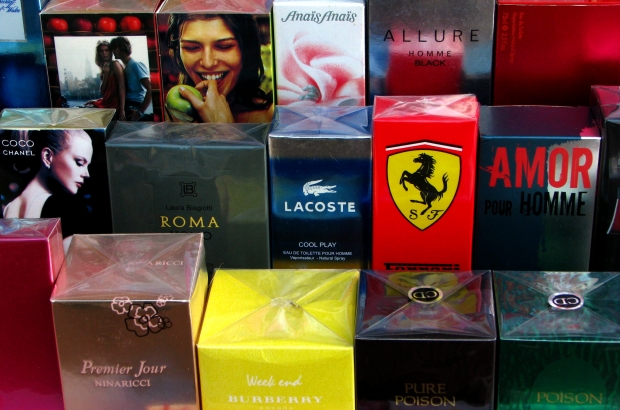- Daily & Weekly newsletters
- Buy & download The Bulletin
- Comment on our articles
More counterfeit goods showing up for sale on social media
The internet in general and social media in particular are increasingly responsible for the growth in sales of counterfeit goods, according to federal consumer affairs minister Kris Peeters. Last year economic inspectors confiscated 320,000 counterfeit articles, fewer than the year before, but in a more luxurious category worth a higher value.
“This online evolution is the result of a sense of anonymity among sellers,” Peeters said. “If I put something up for sale on the internet, I’m less likely to be caught. Fortunately, nothing could be further from the truth.”
Government economic inspectors work with customs, the international fraud office Olaf and the European police service Europol, he said. Last year, 1,150 inspections were carried out, half of them involving the internet and social media. They seized 319,199 articles worth €12.3 million – 30% more than the €9.4 million value seized in 2014.
Items being counterfeited are more likely to be luxury articles such as perfume, handbags and designer clothes, and those top-end products are more likely to be sold via social media, said Peeters.
The share of online sales is also on the rise because of the tough policy of inspectors on the ground, Peeters said. Sales of personal care products, for example, depend more on personal contact, but economic policies have seen those sales drop off. The fight against counterfeit products remains a priority for the years to come, the minister said.
Photo: Killikundak/Wikimedia









